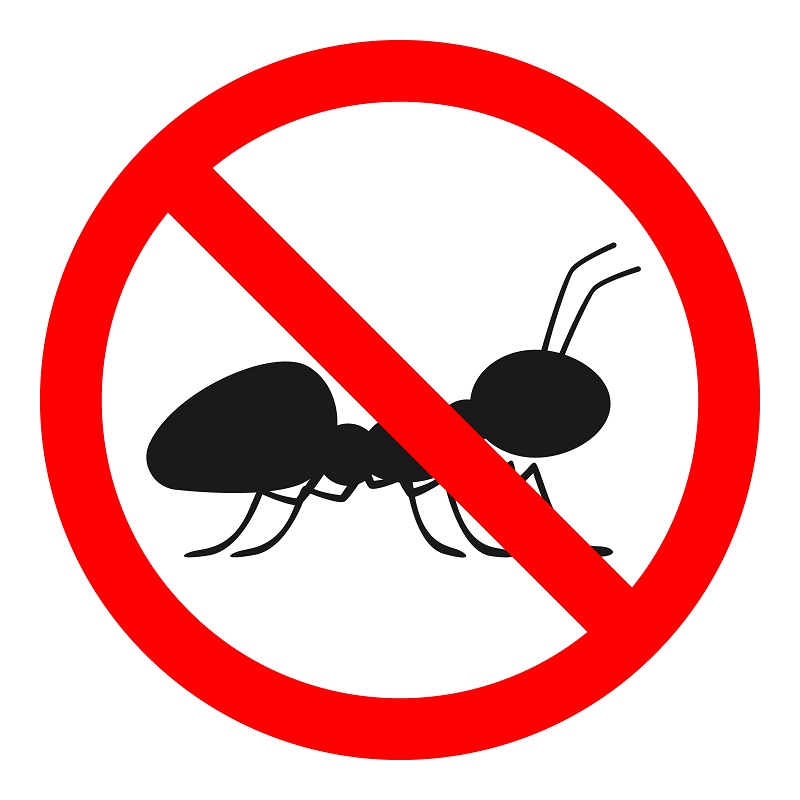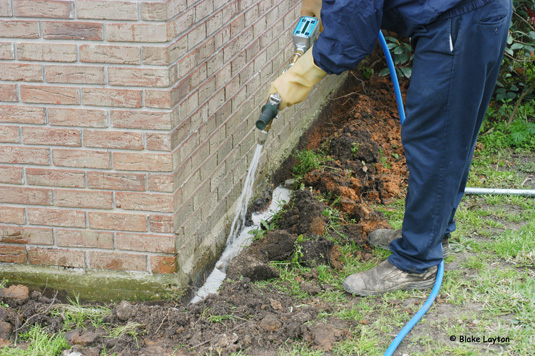Ecological Impact of Bug Control: Balancing Performance With Sustainability
The environmental effect of parasite control is a vital issue that needs a delicate balance in between accomplishing efficiency in making certain and taking care of parasites sustainability of our environments. From the usage of harmful chemicals that seep into our dirt and water to the unplanned consequences on non-target types, the consequences of standard parasite control methods are far-reaching.
Unsafe Chemicals in Pest Control
The use of dangerous chemicals in parasite control poses considerable ecological and wellness threats that require mindful consideration and mitigation techniques. Herbicides, pesticides, and insecticides are frequently utilized to get rid of bugs, yet their prevalent application can bring about unintentional effects. These chemicals can contaminate dirt, water sources, and the air, impacting not only the targeted bugs however additionally valuable pests, wildlife, and human beings.

To address these risks, integrated pest management (IPM) methods are being promoted as an extra sustainable choice. IPM entails a combination of approaches such as biological control, environment control, and the targeted use chemicals as a last resort (ant control albemarle nc). By taking on a holistic technique to pest control, we can lessen the environmental and health impacts connected with harmful chemicals while successfully taking care of pest populations
Effect On Non-Target Types
Taking into consideration the unplanned repercussions of bug control methods, the influence on non-target species is an important element that calls for thorough evaluation. While parasite control measures intend to target particular pests, various other microorganisms in the environment may be unintentionally impacted. Non-target types, including beneficial bugs, birds, animals, and even plants, can experience straight or indirect injury from chemical applications or biological control techniques.
Insecticides made to deal with a particular insect parasite may hurt pollinators like or natural predators such as ladybugs. Biological control representatives, if not species-specific, can posture threats to unintentional targets, interrupting the eco-friendly equilibrium.
To reduce the influence on non-target types, integrated pest monitoring (IPM) methods that highlight an alternative approach to pest control are advised. These methods prioritize making use of environmentally friendly practices, decreasing harm to advantageous microorganisms while efficiently handling pest populations. Conducting detailed threat evaluations and monitoring the outcomes of parasite control efforts are important action in safeguarding non-target varieties and advertising general environment health.
Dirt and Water Contamination
Unexpected environmental repercussions of parasite control techniques extend past impacting non-target species, with substantial effects for soil and water contamination - ant control services. Pesticides, herbicides, and chemical fertilizers utilized in bug control can seep into the soil and infect groundwater, posing a risk to both marine and terrestrial environments.
Water contamination is one more vital concern related to pest control techniques. Drainage from agricultural areas treated with pesticides can bring these chemicals into close-by water bodies, affecting water organisms and water quality. Pollutants in water resources can have far-ranging effects, affecting not just water life yet additionally human health with the consumption of infected water or marine organisms. To alleviate soil and water contamination from bug control tasks, incorporated pest monitoring strategies that prioritize sustainability and lessen chemical inputs are important.
Air Contamination From Chemical Usage
Exposure to air-borne chemicals throughout agricultural applications presents a significant problem for air contamination control measures. Furthermore, chemical drift, where pesticides are lugged by the wind to unintended locations, can lead to the contamination of nearby ecosystems and water bodies.

Approaches for Sustainable Parasite Control
In the realm of farming techniques, implementing sustainable pest control strategies is vital for keeping ecological balance and securing crop yields. Lasting pest control highlights using eco-friendly approaches to handle pest populaces effectively while decreasing harm to non-target organisms and communities. Integrated Bug Management (IPM) is a widely taken on strategy that incorporates biological, cultural, physical, and chemical control approaches to accomplish long-lasting parasite management options.
One key approach in sustainable parasite control is promoting biodiversity within agroecosystems. By improving all-natural enemies of bugs, such as predators and parasitoids, farmers can minimize the requirement for artificial pesticides. Crop rotation and diversification are likewise efficient methods to interfere with pest life cycles and create less favorable problems for insects to flourish. In addition, utilizing pest-resistant plant ranges and utilizing methods like catch cropping can help in reducing bug pressure without relying greatly on chemical treatments. Inevitably, by integrating these lasting insect control methods, farmers can accomplish an equilibrium in between pest monitoring effectiveness and environmental stewardship.
Final Thought
Finally, the environmental influence of insect control approaches need to be meticulously thought about to stabilize why not try this out efficiency with sustainability. Harmful chemicals made use of in pest control can lead to dirt and water contamination, air pollution, and damage non-target species - termite control. It is important to execute sustainable bug control techniques to reduce these negative effects on the environment and advertise a healthier ecosystem for future generations
By adopting an all natural method to pest control, we can minimize the environmental and health effects connected with unsafe chemicals while successfully managing pest populations.

To mitigate the air pollution triggered by pesticide use, it is necessary to take on integrated insect administration approaches that prioritize the usage of non-chemical pest control methods, such as plant rotation, natural predators, and immune crop varieties. Sustainable bug control highlights the usage of ecologically pleasant techniques to take care of bug populations properly while decreasing damage to non-target organisms and communities. Integrated Parasite Management (IPM) is a commonly embraced technique that incorporates biological, social, physical, and chemical control techniques to attain long-term insect monitoring services.